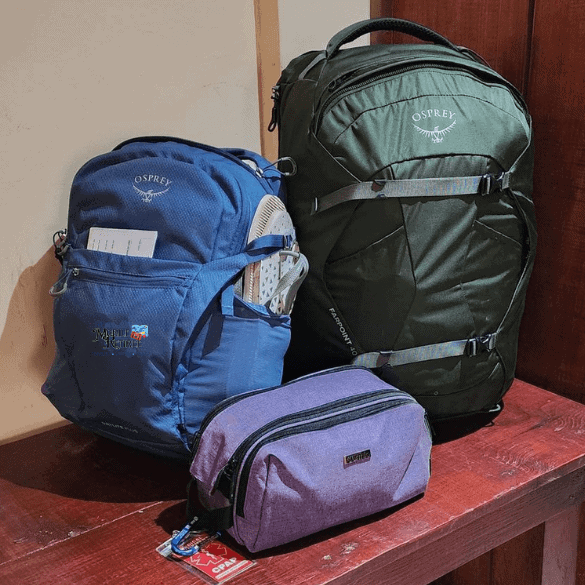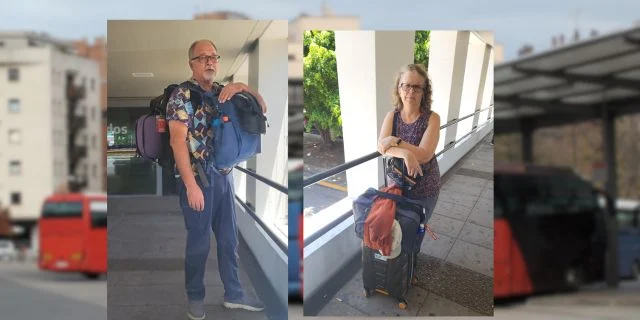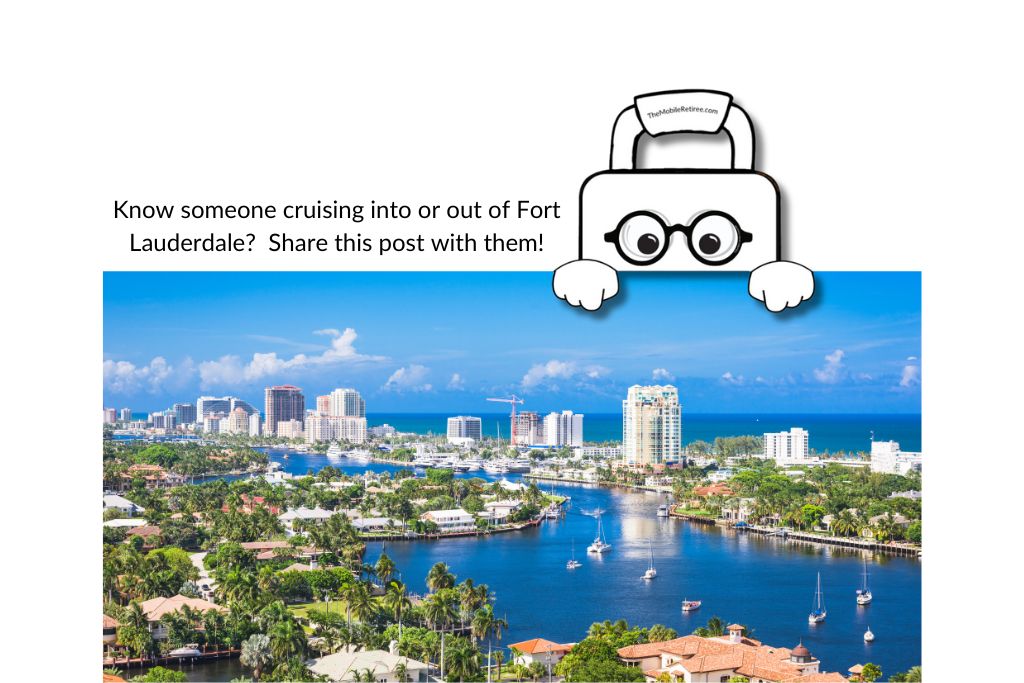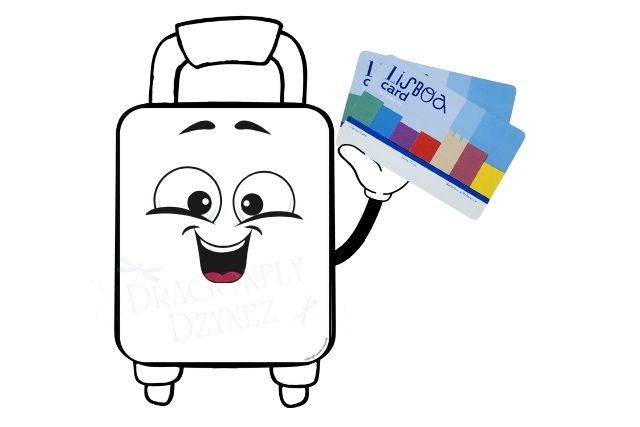The harsh truth about ‘minimalist packing guides’ and how to develop your own packing list
(Updated 2025) Traveling with only a carry-on bag and a personal item can be a great way to save money and avoid the hassle of checked baggage fees. Minimalist packing guides make big promises; however, many of these minimalist packing guides may not be realistic about how much you can actually fit into a carry-on. If you’ve tried following one of these minimalist packing guides and ended up with an overstuffed bag (or missing key essentials), you’re not alone. It can be challenging to fit everything you need into a single carry-on, especially for travelers like us who travel full-time, or when you need to pack for different climates.
What is the size limit for carry-on luggage?
Though you might find an inch or two of a difference with various airlines, the size limit for carry-on luggage is 22″ x 14″ x 9″, which includes the handle and the wheels. A few domestic airlines, such as Frontier and Southwest, will allow 24-inch luggage as a carry-on. This size limit ensures your bag — and ideally everyone else’s — will fit in the overhead bin for your flight.
What is a personal item?
In addition to your carry-on suitcase, many airlines also allow a personal item. This can be a laptop bag, a purse, a briefcase, a beach bag — whatever you like, as long as it is generally small. Personal item restrictions vary by airline, and some choose not to include any specifics at all. In those cases, the general rule of thumb is an item that can fit under the seat in front of you.
Is there a weight limit for carry-on luggage?
For many major domestic airlines in the united States there are no weight restrictions for carry-on bags – You’ll just have to be able to lift it above your head into the storage bin. Weight is much more important for small commuter planes, mostly due to safety regulations, and on low-cost international carriers like Easyjet and Ryanair.
What is the standard international carry-on size?
Internationally, most smaller, regional airlines or budget airlines such as EasyJet and Ryanair will accept a suitcase that’s 22″ high and 14″ wide — including the handle and wheels — though you may have to pay to bring this onboard. However, some local airlines have tighter limits of 21″ or even less, so, if you’re going to be traveling on small planes or short-haul frequently flying a carrier with stricter requirements, go for a smaller carry-on bag or travel by train or buses where there usually isn’t such a strict luggage policy.
The Problem with Most Minimalist Packing Lists
Many so-called minimalist packing guides are unrealistic. They often:
- Include too many bulky items, like multiple pairs of shoes and jeans.
- Assume all destinations and all travelers have the same climate and packing needs.
- Fail to provide real-world examples or images of how everything fits in a bag.
Packing Light for Long-Term Travel: What Actually Fits?
Where’s the Bag?
Packing lists always include clothes and gear, but you know what we rarely see? A picture of the bag that supposedly holds all their stuff.

Well, here’s mine: a 40L backpack and a 19L daypack, ready to board a bus. (The littlest bag is my cpa machine which is a medical device and isn’t considered a carryon or personal item.) Below, I’ll break down what’s inside.
Our Packing Strategy
Our goal was simple: one backpack and one daypack each—one in the overhead, one under the seat. Perfect for airlines. (after the first year of travel Sandra switched to a small carry-on roller bag and a weekender bag (personal preference))

So far, we’ve traveled through eleven countries, flying from:
- Portland, OR → Panama
- Costa Rica → Portugal
- England → Canada
- United States → Argentina
and we’ve hauled our bags onto trains, buses, and shuttles throughout Panama, Costa Rica, Portugal, Spain, France, England, Canada, United States, Argentina, Chile and Mexico.
Let’s talk about what actually works for me when traveling with just a carry-on and a personal item.
My Clothing List
We had to pack for both hot and cold weather, starting in Panama (hot and humid) and heading to Portugal at the end of winter (cold and windy).
Outerwear
- 1 lightweight puffy coat (good down to freezing)
Pants & Shorts
- 2 pairs of lightweight daily-wear trousers
- 1 pair of nylon convertible pants
- 2 pairs of ‘casually dressy’ cargo shorts (think Dockers)
- 1 pair of dressy shorts
Shirts
- 4 Aloha shirts (kind of my trademark)
- 5 T-shirts (2 cotton, 3 performance blend)
- 1 long-sleeve performance T-shirt
- 1 heavier cotton long-sleeve pullover
Undergarments & Accessories
- 6 pairs of ankle socks
- 4 pairs of regular socks
- 8 boxer briefs
- 1 lightweight swim trunks
- 1 light cotton pajama pants
- 1 pillowcase (doubles as a makeshift pillow if stuffed with clothes)
- 1 Turkish towel
- My $3 shower shoes live in the outside pocket of my pack but will probably get ditched before our next flight.
Compression Bags: A Lifesaver (But Still Not Enough)
I use compression bags to shrink everything down, but even then, I still can’t fit all my clothes into my 40L backpack. I always end up stuffing an extra outfit into my daypack.
What’s in My Daypack?
Since my 40L backpack is full, my 19L daypack carries:
- Laptop
- Prescription meds
- Minimal toiletries (bar soap, toothpaste, toothbrush, etc.)
- Charging cables, battery pack
- Mini umbrella
- GoPro + short selfie stick
My logic? If I have to check my big backpack and the airline loses it, I’d only need to replace clothes and sandals—nothing that would delay our travels.
(Sandra will update with her packing list at a later date)
Here are some tips for packing efficiently and making the most of your carry-on space:
Choose the right bag: Make sure your carry-on bag meets the size restrictions of the airlines you’ll be flying with. A good standard dimension to follow is 22x14x9 inches.
Pack for a week: If you’re traveling for an extended period, consider packing a weeks worth of clothes and either doing laundry or sink washing and hang dry your clothes.
Plan your outfits: Pack clothes that can be mixed and matched to create different outfits. This will help you reduce the number of items you need to pack.
- Stick to a color palette so everything mixes and matches.
- Choose lightweight, quick-dry, wrinkle-resistant fabrics that can be layered.
- A few well-chosen items are better than a bag full of “just in case” pieces.
Roll your clothes: Rolling your clothes can save space and also helps to prevent wrinkles (Sandra’s preferred method)
Use compression bags or packing cubes: Compression bags can help you compress your clothes and keep your bag organized. (My preferred method)
Wear your heaviest/bulkiest items: Wear your heaviest/bulkiest clothing and shoes on the plane to save space and weight in your bag.
Be Ruthless with Shoes: Shoes take up the most space. Limit yourself to two pairs: one for walking and one that’s a little dressier.
Use the space inside your shoes: Maximize space by packing small items inside your shoes.
Downsize Toiletries: Solid toiletries (shampoo bars, toothpaste tablets) take up less space and won’t leak. Refill travel-sized bottles instead of packing full-sized products.
Leave unnecessary items behind: When you are packing, lay out everything you think you will need on the trip. Then put at least 1/3 of that pile back in the closet. You can live without that tie-dye glitter-encrusted tank top for one week!
How to develop your own packing list: Experience
There’s no one-size-fits-all packing list. The best way to figure out what works for you is to start with the essentials, live out of your suitcase for a while if you can’t travel just yet, and tweak as you go. Over time, you’ll refine your own minimalist packing style—one that’s actually practical for you.
Minimalist packing shouldn’t feel like a struggle. With a little strategy and experience, you can travel light without sacrificing what matters. Ready to put these tips into action? Start packing and see what works for you!





![ResMed AirMini Review: A FullTime Traveler's Year-Long Test [2025] 4 My ResMed AirMini CPAP machine travel kit](https://themobileretiree.com/wp-content/uploads/cpap-all-of-it.jpg)
